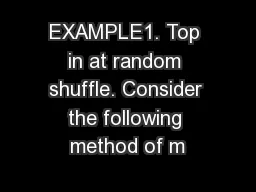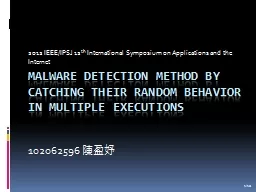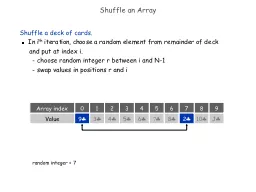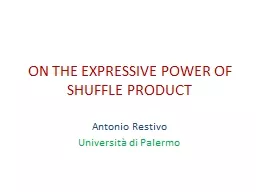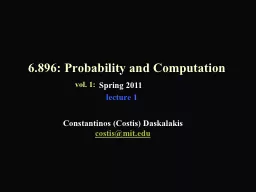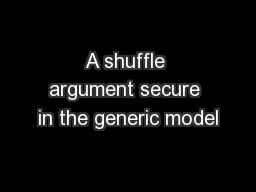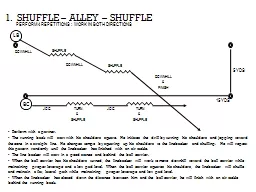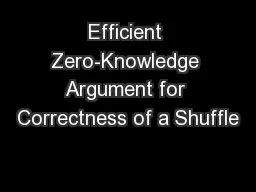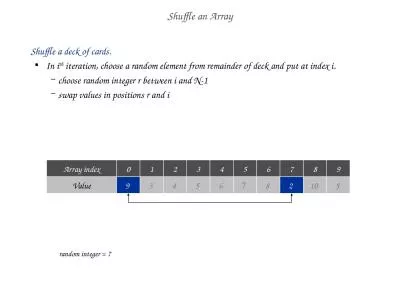PDF-EXAMPLE1. Top in at random shuffle. Consider the following method of m
Author : lindy-dunigan | Published Date : 2015-10-22
a u d d d d c c h b h h FIG I Example of repeated top in at random shuffles of a 4card deck When the original bottom card is at position k from the bottom the waiting
Presentation Embed Code
Download Presentation
Download Presentation The PPT/PDF document "EXAMPLE1. Top in at random shuffle. Cons..." is the property of its rightful owner. Permission is granted to download and print the materials on this website for personal, non-commercial use only, and to display it on your personal computer provided you do not modify the materials and that you retain all copyright notices contained in the materials. By downloading content from our website, you accept the terms of this agreement.
EXAMPLE1. Top in at random shuffle. Consider the following method of m: Transcript
Download Rules Of Document
"EXAMPLE1. Top in at random shuffle. Consider the following method of m"The content belongs to its owner. You may download and print it for personal use, without modification, and keep all copyright notices. By downloading, you agree to these terms.
Related Documents

